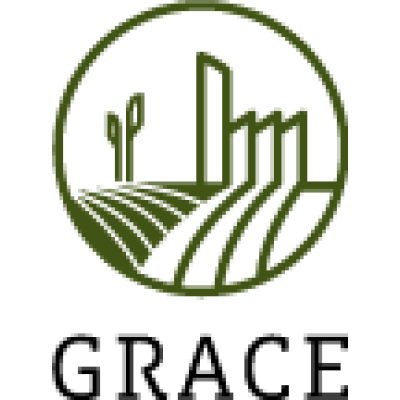
GRACE
GRowing Advanced industrial Crops on marginal lands for biorEfineries

GRowing Advanced industrial Crops on marginal lands for biorEfineries
The GRACE project will explore the potential of the non-food industrial crops miscanthus and hemp as a source of biomass for the bio-economy. Both miscanthus and hemp are relatively under-exploited, but offer an interesting business opportunity for farmers and industry. When cultivated on marginal, contaminated or unused/abandoned land, the impacts on food security can be minimized, and the potential introduction of pollutants into the food chain can be prevented.
GRACE will demonstrate and optimise the techno economic viability and environmental sustainability of ten promising miscanthus and hemp biomass-based value chains using marginal, contaminated and unused land at an industry relevant scale.
The aim is to identify hemp varieties suitable for marginal lands and to have commercial miscanthus cultivars available by the end of the project with several proven economically viable end uses creating a market pull for growth in the bio-economy.
The GRACE project has set the following specific examples
The GRACE project expects to make a major contribution to the EU bio-economy by increasing the biomass production from marginal lands and reducing the costs of crop establishment. This will enable current marginal land in the EU, around five percent of crop land and ten percent of grassland, to produce useful biomass. It aims to have the following specific impacts:
“Reduce land use compared to current productivity for the same product categories, when obtained from crops or other conventional primary biomass sources.”
Crops grown on contaminated land could fuel bioeconomy
30 Septeber 2020
The global bioeconomy is growing, but it must overcome hurdles including avoiding competition with land used for food production. The BBI JU-funded GRACE project is exploring using contaminated and waste land for biocrops. Read more
Perennial grasses may increase biodiversity
GCB - Bioeconomy, 04 September 2020
A study from the project hints at an increase of biodiversity due to the cultivation of perennial rhizomatous grasses, like miscanthus and switchgrass, compared to the annual crops. The effect is remarkably high for plants and small mammals. Read article
A step towards greater biomass uptake in Europe
25 October 2019
The BBI JU GRACE project has successfully tested the usability of miscanthus for biofuel production. The technology used could help realise the full potential of this promising energy crop. Read more